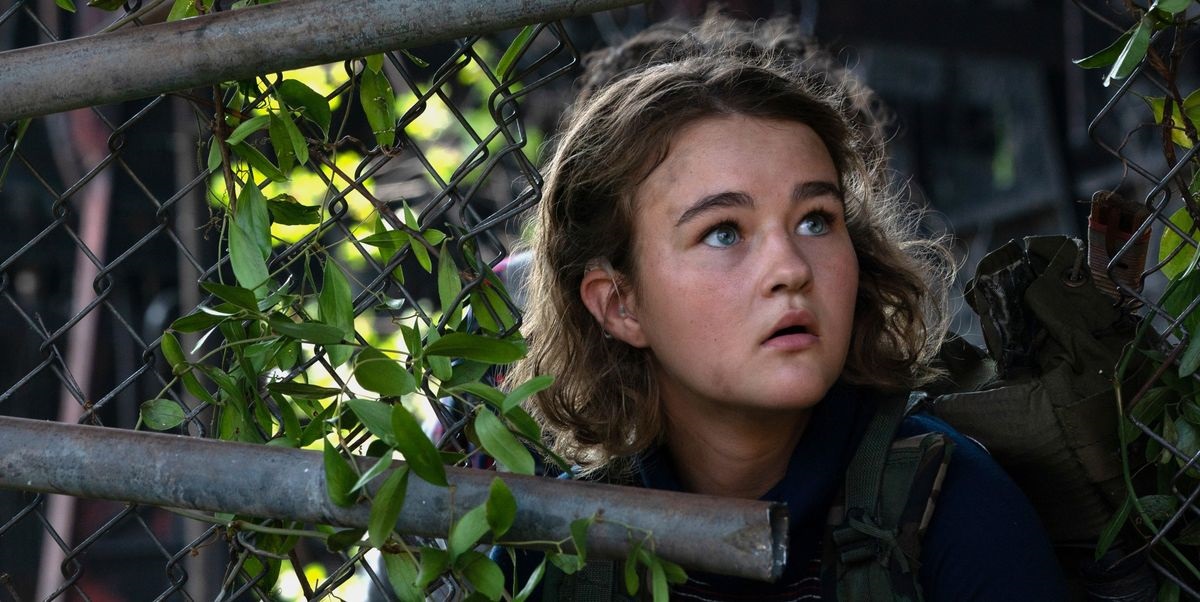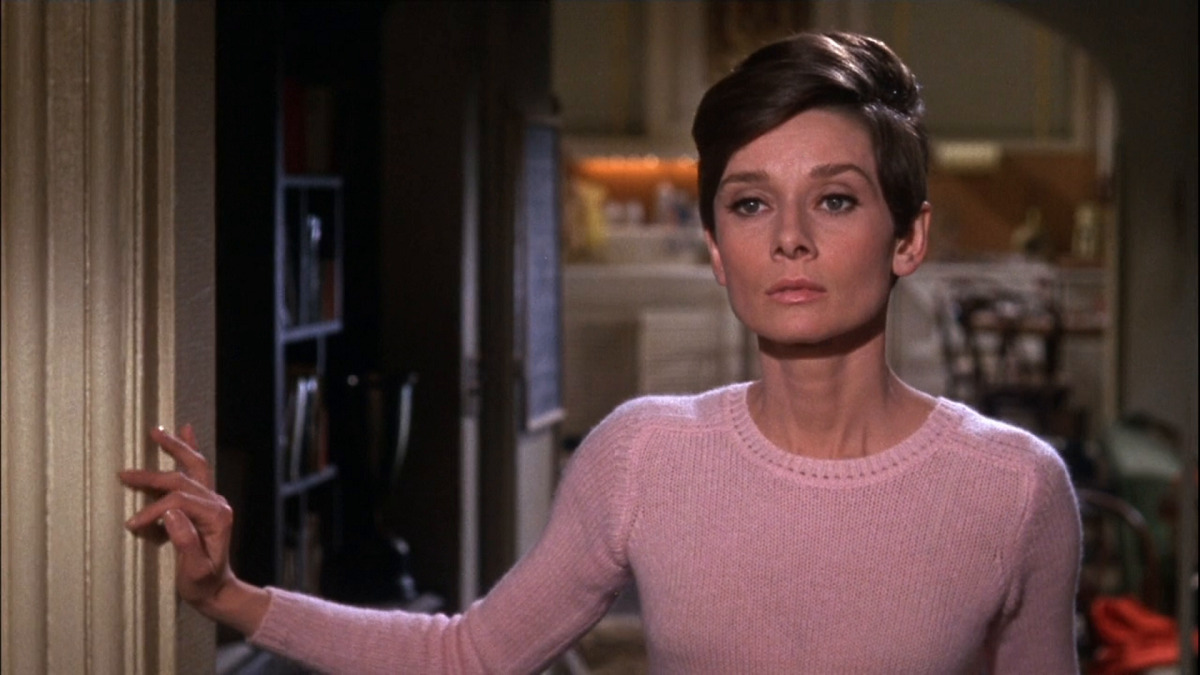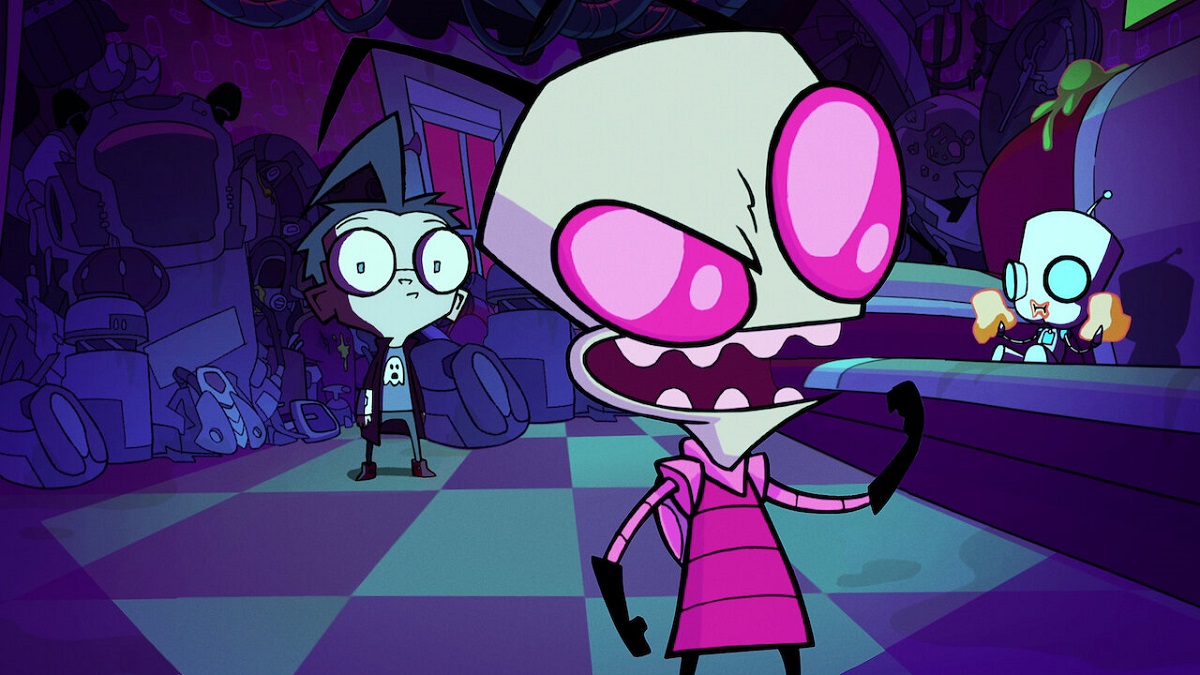Movies have always been obsessed with disability and the threat of disability, especially in the horror genre. Visible disability and disfigurement have long been dependable narrative devices for creators to produce a scare factor. In horror movies, this is true for the heroes, villains, extras and everyone in between. “Even when a disabled character is presented as sympathetic, the very experience of having a disability is traditionally imagined as itself a source of terror.”
Despite the film industry’s obsession with the disabled body, in 2015, the Media, Diversity, and Social Change Initiative report found that of the top 100 movies that year, only 2.4 percent of disabled characters spoke or had names, even though one in four Americans are disabled.
Perhaps that’s why, as a disabled horror fan, it’s hard to find a horror movie that’s not steeped in ableist tropes and negative stereotypes.
Disability representation is essential because well-thought-out portrayals of disability can positively influence people’s perceptions of what it’s like to live with a disability instead of leading able-bodied people to believe all disabled people are monsters. I’ve round up a list of eight horror movies with positive (not perfect) disability representation with all that in mind.
RELATED: 10 Queer Furry Comics You Need To Read
A Quiet Place I and II

A Quiet Place is a movie about a family in a post-apocalyptic world where sound is lethal; however, they have managed to survive through their ingenuity and reliance on American Sign Language (ASL). Presumably, the whole family previously communicated with their daughter Regan, who’s hearing impaired and uses a cochlear implant, using ASL, giving them an advantage over other humans now that monsters have taken over the world.
Millicent Simmonds, a young deaf actress, plays Regan. In the film, her moment of empowerment comes from her creative use of a hearing aid, a skill that only she could have developed from living with a hearing impairment. Regan’s act of heroism is one that someone with only her abilities can perform, and it ultimately drives the family’s survival.
Then, in A Quiet Place II, Regan saves the world. That’s right, Pinky, she saves the world!
Monkey Shines

In this 1988 George A. Romero movie, Monkey Shines, Jason Beghe portrays Allan, a former athlete hit by a truck who develops quadriplegia. After the accident, a specially trained helper monkey is placed with Allan to help him with tasks in his home and at law school (although the other law students are absolute jerks about it).
Allan and Ella, the helper monkey, who’s been injected with human brain tissue, develop a bond so close that she can sense Allan’s anger over how his loved ones are treating him now that he’s disabled. His girlfriend leaves him for his neuro doctor, his medical team ignores him, and his caretakers treat him like a child because of his physical changes.
But it’s not all bad. Allan finds a real relationship, and the movie shows a quadriplegic man not as an asexual being but as someone who can be sexy and loved.
Trust me. It’s all with a big helping of Romero-style class horror.
Wait Until Dark

The 1967 film Wait Until Dark stars Audrey Hepburn as a blind woman terrorized by a menacing Alan Arkin, who invades her home after her husband accidentally finds a large amount of heroin hidden inside a doll. For its time, the film was a game-changer for simply portraying a disabled woman as living her life and then being capable of fighting off an intruder doing her harm without unnecessary aid.
Although Hepburn herself wasn’t blind, Wait Until Dark is notable because it was a major Hollywood production starring the biggest A-list star of its day. It portrayed a capable disabled woman without veering into “inspiration porn” territory. Furthermore, this movie inspired another disabled horror classic, Hush (which would probably be on this list if my disability didn’t get in the way of watching the film before this piece was due).
Rear Window (1954 and 1998)

Full disclosure, I have never seen the 1998 remake of Rear Window, credited with revamping the original film to send a more positive message. However, the remake has been credited as having better-disabled representation, partly because of the casting of the late Christopher Reeve, who was left paralyzed from the neck down in 1995 after a horse-riding accident and then became a leading advocate for spinal cord research.
However, the 1954 version is considered one of Alfred Hitchcock’s most suspenseful movies, and it’s one of my all-time favorite films in the genre. In the original, James Stewart plays a photographer in a wheelchair recuperating from a broken leg. As he recovers, he obsessively looks at the world outside his window. As he spies on his neighbors, he becomes convinced one of them has murdered his wife.
When my pain is at its worst, all I can do is sit and watch other people’s lives pass me by, and this movie always speaks to me in those moments.
RELATED: 5 Comics That Shine a Spotlight on Eating Disorders
The Day of the Triffids

The classic 1962 science fiction horror film, The Day of the Triffids, is loosely based on English science fiction writer John Wyndham’s 1951 post-apocalyptic novel of the same name.
Triffids are carnivorous, mobile plants that are aggressive and exhibit seemingly intelligent behavior. If you didn’t grow up on this classic piece of sci-fi like me, then think Audrey II in Little Shop of Horrors.
The event that brought them to Earth caused almost everyone to go blind. In this world of the mostly-blind, ableism remains the true villain, as the sighted-few make anyone with resources give up what they have in the name of social order.
I can’t tell if either adaption of the novel to the big screen included blind actors or a disability consultant. Still, in this world of the mostly-blind, the blind have the advantage.
Invader Zim: Enter the Florpus

Netflix’s Invader Zim: Enter the Florpus was the return of the celebrated Nickelodeon animated television series. Created by Jhonen Vasquez in 2001, Invader Zim may not have been as scary as some shows of the 90s. Still, it quickly earned a reputation for challenging the notion of acceptable content on a children’s network. Its signature aesthetic shows the decay of society, which was enough to get the series canceled after only two seasons.
As you know, attention deficit hyperactivity disorder comes with many advantages that can help in a horror situation: creativity and inventiveness, hyper-focus, determination and endless energy.
Although Enter the Florpus is full of gleeful mayhem and grim nihilism, GIR, voiced by Rosearik Rikki Simons, is always there to offer comic relief as the happy-go-lucky robot with the attention span of an ADHD pup, a.k.a. me, but with more humor.
GIR’s hyperactivity and creativity save the day on more than one occasion (and hey, as a person with ADHD, sometimes it feels like you’re running around chasing your tail and eating tacos at the same time until something comes together).
Misery

In the movie adaptation of Stephen King’s novel, Misery, James Caan plays Paul Sheldon, the author of popular romance novels. After a car accident leaves Sheldon with fractured legs, he’s rescued by Annie Wilkes, portrayed by Kathy Bates, the writer’s number one fan.
However, when Wilkes doesn’t like the ending of Sheldon’s most recent novel, she holds the novelist hostage and makes him write a new story for her. When he tries to escape, she sledgehammers his ankles.
Unlike in many stories of characters adapting to a new disability and coming to terms with the change, the author doesn’t agonize over being in a wheelchair. Instead, he devises an elaborate plan to overpower Wilkes. He succeeds … Wilkes won’t be going on to shove any more ice cream scoops down well-deserving throats (see Castle Rock Season Two).
RELATED: 10 Queer Comix To Read for Pride Month
Awake

Awake is about a young man, Clay Beresford (Hayden Christensen), who’s waiting for a heart transplant. While this film loses points for totally sensationalizing a medical procedure with something unlikely to happen, this movie is on the list because waking up on the operation table is one of my biggest fears.
This is one horror film that was too much for me to get through the first time, but after living through the worst-case scenario in real life (yes, I have been awake on a table), I think this movie is worth returning to.
Check out Roger Ebert’s review for more information about the movie.
Article written by Rebecca Kaplan
This article was originally published on 8/25/21.
Queer Tested, Teacher Approved: Camp, Realism and Why TV Shows Need Content Warnings
- 10 Queer Furry Comics You Should Read - February 5, 2024
- 8 Disabled Horror Films That Dismantle Horrible Tropes - November 3, 2023
- 7 Graphic Novels in Celebration of Trans Day of Visibility - March 31, 2023
